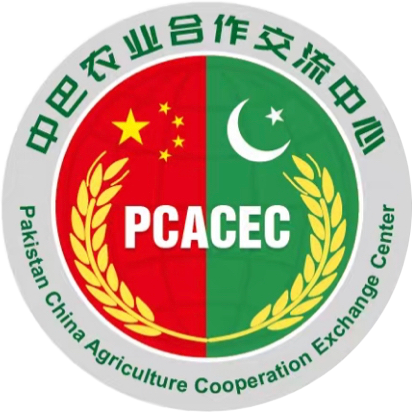
China-Pak Coop in Maize-Soybean Intercropping
Industry
Maize & Soybean
Region
Pakistan
Keyword
Strip intercopping, maize, soybean
Chinese Prof. Yang Wenyu and his team from Sichuan Agricultural University developed maize-soybean strip intercropping system in China and formulated the core idea of introducing this technology to Pakistan. They found that in Pakistan there are no high-yielding and shade-tolerant soybean cultivars. Therefore, they design an experiment of shade-resistant and high-yielding soybean cultivars screening. This technology was brought to Pakistan by Muhammad Ali Raza and Sajad Hussain, two Pakistani students at the University.
In Feb, 2021, Maize-soybean strip intercropping technology, an advanced Chinese agricultural technology created high yield of both crops while not occupying extra land, finished its first-phase sowing on 30-acre land of Pakistan. Once the second phase completes in March, this spring the total area of demonstration plots will reach 100 acres, making a giant leap of about 270.4% in comparison with last season’s area.
If you calculate the total benefits, maize-soybean intercropping will be the best system in terms of income and ecological sustainability. Under intercropping technology, the two crops utilize available rain water more efficiently in comparison with sole cropping system because both crops cover the total area between the rows, which significantly reduced the water evaporation from soil surface. In sole cropping system, the yields of maize and soybean are around 8174 kg/ha and 1488 kg/ha separately. While in the intercropping system, farmers can grow soybean without curbing the cultivation area of maize. The technique makes better use of available space, increasing the amount of crops that can be harvested. Thus, intercropping technology substantially creates more profits than growing only one crop on the same area of land because soybean brings higher economic returns than maize.
So far, sowing of maize and soybean under intercropping system has been finished at 9 demonstration plots inlcuding Faisalabad, Rawalpindi, Shakar Garh, Vehari and Bahawalpur. The technology has applied to five farmers’ fields in Sindh and Punjab. Distributed in Hyderabad, Tandojam, Nawabshah, Bahawalpur, Vehari, Multan, Faisalabad, and Chakwal, etc., the aggregated area of the demonstration plots has touched 30 acres of land.

Company name
Sichuan Agricultural University
Telephone
028-86290870



